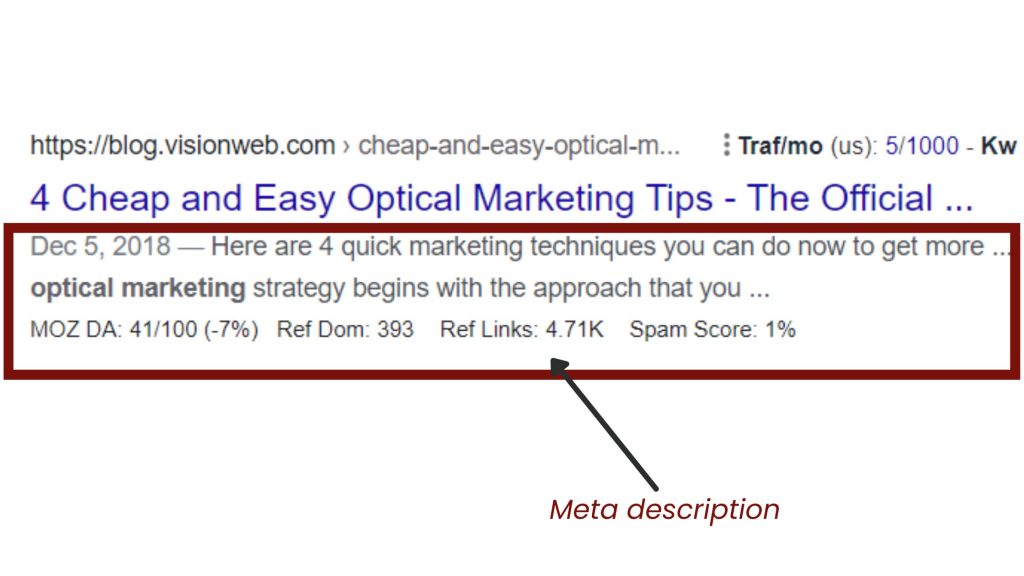SEO hacks are a must-have for your writing.
“Quality over quantity”! Does this sound familiar? You’ll hear this particular phrase repeatedly like a broken record when it comes to content marketing. This is mainly because so many firms are solely concerned with quantity. As a result, they rush to publish a large number of low-quality SEO blog posts that offer no good consequences.
Prioritise quality! No two ways about it. However, there’s no reason both quality and quantity can’t be significant objectives.
The reality is that, while quality is important, quantity is also essential.
The reality is that, while quality is important, quantity is also essential. Creating more well-written, strategic, and well-optimised content allows you to test and implement your strategy. As a result, you’ll be able to notice benefits sooner.
Understanding that search engine optimisation is crucial for your content writing is key. Every day countless amounts of content go online. Similarly, numerous people go to search engines to search for answers. The mystery that transpires behind every search that people do on search engines grasps the idea of how SEO works.
Below are 6 hacks you can leverage to write your blogs while maintaining both quality and quantity.
Top SEO Hacks For You
Keywords Research (Major SEO Hack)
Pinpointing the right keywords for your blog should be the first part of your writing process. How so? Keywords form the words and phrases that make it possible for your website to be found within the search engines.
So, conduct research and understand your audience’s relevant keywords.
Don’t fret; there are tools to aid you. Some of the tools, Google Keyword Planner and SEMRush, provide you with relevant keywords. Therefore, these tools help you find your audience’s keywords on search engines to look for your products and services.
Keyword tools allow you to:
- Determine which topics are being discussed.
- How many people are searching for them?
- How difficult will it be to rank for a particular topic?
Where do I include my keywords?
There are a few crucial spots on your blog where Google will be looking for keywords specifically:
Page Title:
It’s critical to include your top keyword(s) in your page title. Firstly, search engines will check your title to determine the relevance of your content. Also, you must include it within the first 60 characters because Google will cut off the title in the search engine results beyond that.
Headings:
Ensure the H1, H2, and H3 tags are present in the code when creating headings and subheadings. Your website/blog construction tool should accomplish this automatically. Still, it’s worth double-checking your template to ensure your tags are well set up.
Meta Descriptions:
This is the text that search engines display beneath each link to give you a sneak peek at what’s on the page. By rendering the terms that match the search query bold, the search engine aids the user in finding the most relevant link. As a result, your chances of being seen increase if you include these keywords in your meta description.

URL:
A quick and easy technique to improve your blog SEO-friendly is to edit the URL to ensure it’s brief and includes a keyword or two while still being descriptive and clear. That’s all there is to it!
Image Alt Text:
This is the text that is connected with your photograph. This is the text that will appear in place of the image if the webpage fails to load.
Note: Resist the temptation of keyword stuff.
The objective is to make your page wholly streamlined, not oppressive. So, track down regular fits for catchphrase augmentations. But don’t constrain them to the place where your substance is messy.
Understand your audience’s search intent.
Now that you have your keywords figure out which ones are the most important. Also, examine what the searcher is looking for when they type in that word or phrase.
For example, if they’re looking for an optician, they’ll probably write more than “optician” into the search area. For instance, say they reside in Manchester, they may type something like:
- opticians in Manchester
- Manchester opticians
- Best optician near me etc
Understanding this allows you to fine-tune your blogs to provide content that they want and, as a result, content that ranks.
To understand your target audience, ask yourself these questions:
- What challenges are they currently facing?
- Where are they in their buyer journey?
- What questions do they have?
Include quality links
Your blog should consist of both internal and external links. Internal links connect your reader to other blogs on your website. For example, suppose you are writing about “living with age-related macular degeneration (AMD)”. In that case, you can insert a link to another post on your website that says, “what is AMD?”. Therefore, if your reader isn’t aware of AMD, they can get an elaborate response from your other post.
On the other hand, external links lead your audience to the content that exists on another website. Thus, ensure that the websites you lead them to are responsible and back a point or provide additional information.
The goal of bringing your audience to an external website is to boost your post’s credibility and, as a result, it’s ranking.
Tip for you: Make sure all external links open in a new tab; you don’t want people to lose their spot on your site or entirely depart.
Optimise for mobile
Google has now switched to mobile-first indexing for all websites. So because the Googlebot looks at mobile sites first and prioritises them over desktop ones, mobile sites will rank higher.

In terms of user experience, mobile optimisation is also critical. Why? Because so much of today’s browsing is done on mobile phones. 74 per cent of users say they’re more likely to return to a mobile-friendly site – Somewhat compelling evidence if you ask me.
Content Structure
Keeping visitors on your website for an extended period helps you rank on google. Therefore, it’s vital to ensure that your content meets the reader’s intent and is easy to consume.
The majority of people will skim your blog to check if the information is relevant to their needs. As a result, you must structure the body of your blog to grab their attention.
3 simple ways to grab your readers’ attention
An attention-grabbing title:
It’s critical to write a title that will halt your reader in their tracks and entice them to click to learn more. So, tailoring your title to search intent is a good place to start because it will speak directly to them. Also, it will be relevant to what they require at the time.
Compelling headings:
Instead of a large mass of words with no place to breathe, breaking your information up into small parts makes it much easier on the eye for a reader. Therefore, providing each big chunk with a descriptive and fascinating headline. This way, the reader can get a sense of what to expect from each piece as they scan through it. If your headlines grab their interest, they’ll continue reading and stay on your website longer, which is always a good thing!
Use bullet points:
This is another approach to break up large amounts of material. Bullets make it easier for your readers to ingest your content not only when they’re reading it but also afterwards. Subsequently, your readers will remember the shorter snippets of information and thus continue to benefit from your blog.
Quality always comes first in content marketing. However, discovering strategies to increase quantity without sacrificing quality can be a game-changer for businesses. In the meantime, consider outsourcing to experts, so you can save time and focus on other important aspects of growing your business.


